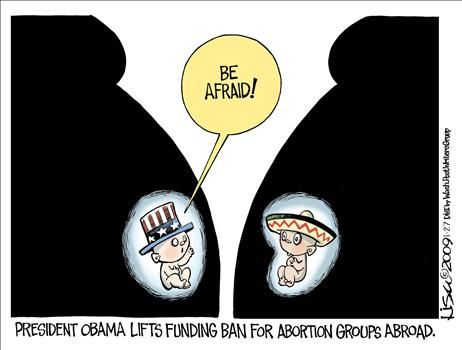There are three lags which make it far more difficult for "fiscal policy" to deal with a recession: one must recognize the problem (no problem today), one must implement a solution (that's going pretty well), and the solution must manifest itself (when will the tax and spending changes get into and filter through the economy).
With the current proposal, the latter is a huge problem. This signals ignorance of economics-- and most certainly, a focus on "politics": a preeminent goal to satisfy special interest groups with particular spending items &/or to take credit for the recession when it will end on its own.
Here are the WSJ editorialists on the stimulus package moving through DC...
The stimulus bill currently steaming through Congress looks like a legislative freight train, but given last week's analysis by the Congressional Budget Office, it is more accurate to think of it as a time machine. That may be the only way to explain how spending on public works in 2011 and beyond will help the economy today.
According to Congressional Budget Office estimates, a mere $26 billion of the House stimulus bill's $355 billion in new spending would actually be spent in the current fiscal year, and just $110 billion would be spent by the end of 2010. This is highly embarrassing given that Congress's justification for passing this bill so urgently is to help the economy right now, if not sooner....
In addition to suppressing the CBO analysis, Democrats have derided it. Appropriations Chairman David Obey (D., Wis.) called it "off the wall," never mind that CBO is now run by Democrats....
The stimulus bill is also a time machine in the sense that it's based on an old, and largely discredited, economic theory. As Harvard economist Robert Barro pointed out on these pages last Thursday, the "stimulus" claim is based on something called the Keynesian "multiplier," which is that each $1 of spending the government "injects" into the economy yields 1.5 times that in greater output. There's little evidence to support this theory, but you have to admire its beauty because it assumes the government can create wealth out of thin air. If it were true, the government should spend $10 trillion and we'd all live in paradise....
The problem is that the money for this spending boom has to come from somewhere, which means it is removed from the private sector as higher taxes or borrowing....Mr. Barro wrote about this way back in 1974 in his classic article, "Are Government Bonds Net Wealth?", in the Journal of Political Economy. Larry Summers and Paul Krugman must have missed it.
The government spending will be a net stimulus only if its $1 goes to more productive purposes than those to which private investors would have put that same $1. There are some ways we may want the government to spend money -- on national defense, say -- but that doesn't mean it's a stimulus....
Apart from the inevitable waste, the Democrats are taking a big political gamble here. Congress and Mr. Obama are promoting this stimulus as the key to economic revival. Americans who know nothing about multipliers or neo-Keynesians expect it to work. The Federal Reserve is pushing trillions of dollars of monetary stimulus into the economy, and perhaps that along with a better bank rescue strategy will make the difference. But if spring and then summer arrive, and the economy is still in recession, Americans are going to start asking what they bought for that $355 billion.
It is an interesting political gamble: will they get credit for getting rid of the recession if it goes away on its own-- or like FDR, will the recession continue largely unabated (or worsen), saddling the country with more debt and sacking the incumbent party?
![[Review & Outlook]](http://s.wsj.net/public/resources/images/ED-AI916_1state_NS_20090125193624.gif)



